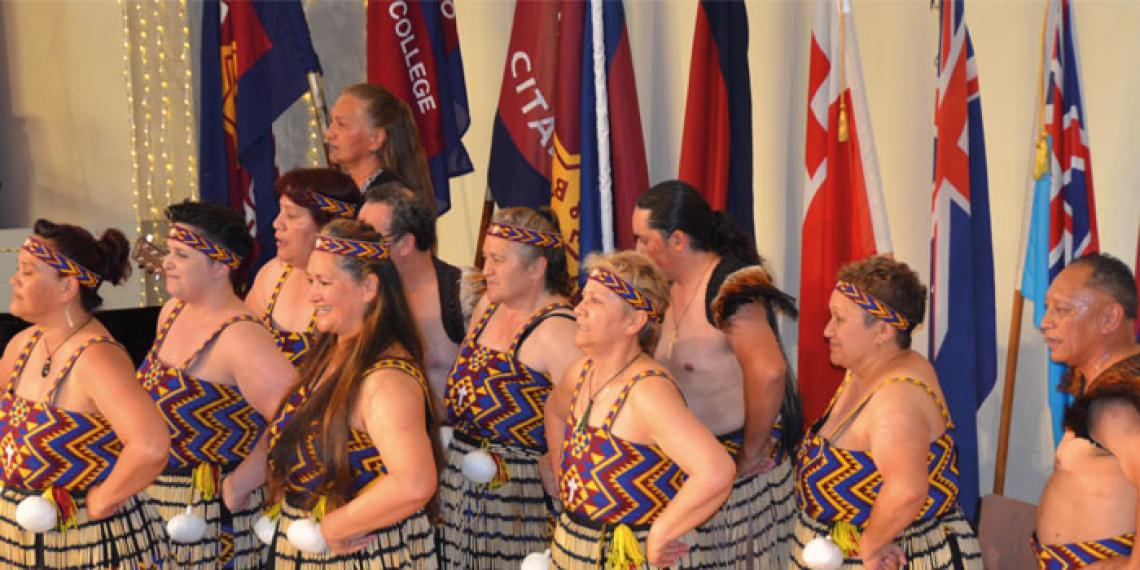You are here
Is Waitangi Day for everyone?

It’s a question that lies at the heart of our national identity. We asked people within the Salvation Army to share their perspectives …
Trish Mataki, head of Maori Ministry
I am passionate about the Treaty, it is part of me, part of my work and part of my life. It’s what makes New Zealand unique—how many other countries have a document between tangata whenua and settlers? The reality is that it’s the founding document for all of us because we are all part of what makes up New Zealand in this multi-cultural society. To move forward, we need to recognise Maori as bicultural partners—being true to who we are—but it is for all of us because we are all part of what makes up New Zealand today.
Ian Hutson, chair of the Maori Ministry Council
The Treaty is the reason any of us can call New Zealand home. It was the first immigration policy, with Maori welcoming in the stranger. In this way, it reflects the powhiri process—settlers were strangers, but were welcomed in and now call the marae of New Zealand home. It’s like a marriage—we sign a covenant at the beginning, but there will always be tensions and one partner may impinge on the other. For the marriage to last there needs to be discussion and re-negotiation, and each person in the relationship needs to be acknowledged and honoured.
Karen Baker, corps officer, Cambridge
The significance of the Treaty was brought home for me when I was a teacher. I was taking a unit on the Treaty of Waitangi, and we focused on land claims as one aspect of the Treaty. We viewed re-enactments of Maori gifting land to the settlers and then saw how the settlers treated the land, changing it into farms, clearing forestry areas and so on. There was disagreement over the use of the land by Maori as they attempted to explain it’s meaning to them (aspects of Tapu). I could see children start to understand just one part of what went on to be contested so many years later. When you understand that Maori are so tied to the land and didn’t intend for it to be changed, you can see how Maori and Pakeha misunderstood each other. In order to know who we are today, we need to understand what has gone before. It’s absolutely imperative to understand our history and the Treaty of Waitangi is a significant part of that.
Gregory Fortuin, head of Education and Employment (former anti-apartheid activist and New Zealand Race Relations Commissioner)
In a lot of people’s minds the Treaty means breaches and paying Maori money. In fact, the Treaty was an agreement between Maori and the crown agreeing to live in partnership, respecting each other. When the Treaty was signed there were 10,000 Maori and 2000 settlers, so they were very much the minority and Maori signed the Treaty in order to co-exist. When Pakeha become the minority again in the next 50 years, it will be interesting to see how that will influence the way we deal with the Treaty.
Jenny Ratana-Koia, corps officer, Whangarei
The Human Rights Commission’s summary of the Treaty is ‘two groups of people wanting the best for each other’. Living up north, I have had the privilege of being at Waitangi for Waitangi Day celebrations three times now, and I must say, it is an experience that we would all benefit from. The inter-denominational service held in front of the meeting house is representative of the spirit of Waitangi. Two groups of people are represented throughout, with Maori and Pakeha both leading the service. Others sit in the seats representing all Kiwis, of all ethnicities. Then, sitting on the grassy verge, tourists are welcome to observe and become part of us. Everyone belongs, everyone is welcome, everyone has a place. With that in mind, Waitangi Day is for all people.